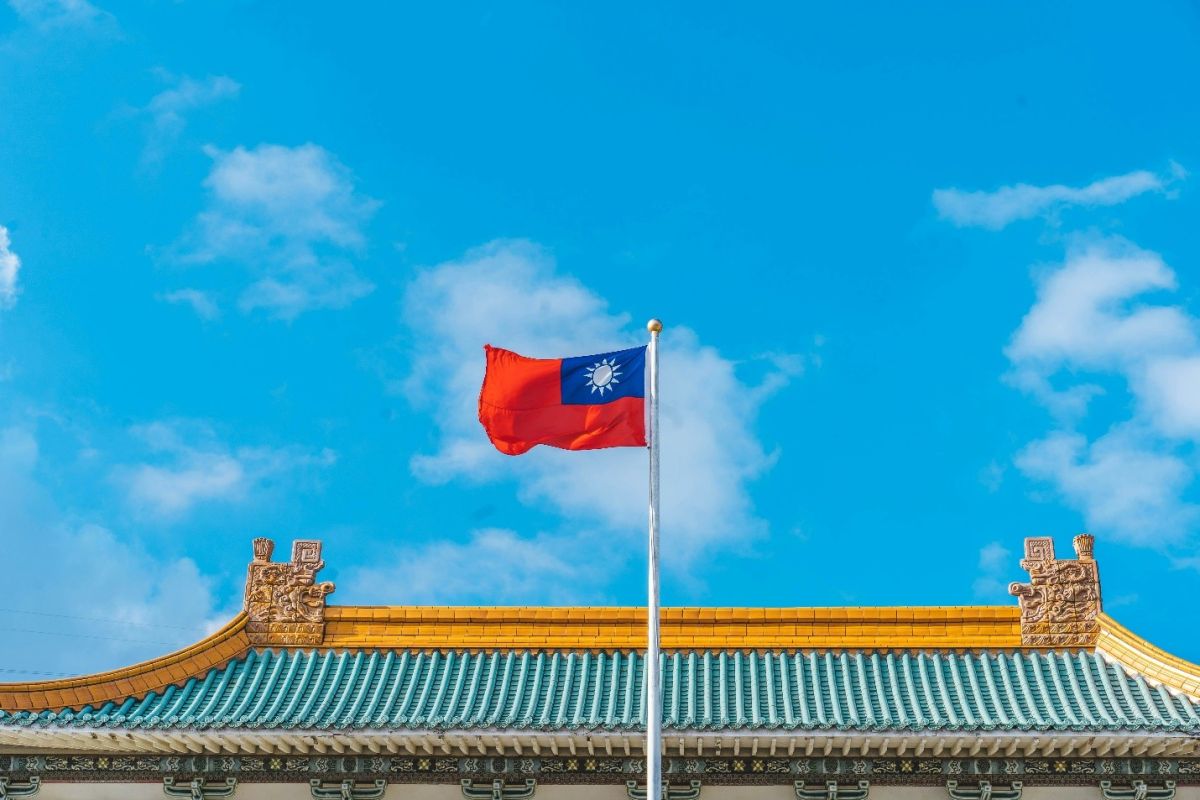
International Markets, Week in Review
Taiwan’s economic outlook strengthens despite long-term challenges
Taiwan, or the Republic of China, is one of the world’s largest exporters of high-end electronics. However, its heavy reliance on exports makes the country vulnerable to global market fluctuations. Additionally, its low total fertility rate and aging population raise concerns about future labor shortages.

Taiwan, or the Republic of China, is one of the world’s largest exporters of high-end electronics. However, its heavy reliance on exports makes the country vulnerable to global market fluctuations. Additionally, its low total fertility rate and aging population raise concerns about future labor shortages.
The island country maintains close economic ties with mainland China, which brings both opportunity and risk, especially as political tensions between the two countries remain unresolved.
Despite these concerns, Taiwan’s economy is showing resilience and is expected to grow through the remainder of the year, largely driven by technological advancements. According to Trading Economics, Taiwan’s annual gross domestic product (GDP) growth rate was revised upward to 8.01% in the second quarter of 2025 from an initial estimate of 7.96%, accelerating from a downwardly revised 5.45% in the first quarter. The report notes, “This marked the fastest economic expansion since Q2 2021, driven by a 35.02% surge in exports (vs 19.38% in Q1), primarily fueled by strong demand for artificial intelligence (AI) and emerging technologies.”
Taiwan’s GDP is projected to expand by 4.45% this year, according to a forecast by the Directorate General of Budget, Accounting and Statistics, higher than the 3.1% it forecast in May, Reuters reports. Export growth is expected to grow by 24.04%, up sharply from the previous projection of 8.99%.
Imports also surged, rising by 31.29% in the second quarter, up from 23.71% in the prior quarter, according to Trading Economics. While government spending increased, private consumption and gross fixed capital formation declined. Manufacturing expanded by 17.24% in the second quarter, up from 10.18% in the first quarter, due to strong output in semiconductors, computers, electronics and optical products. On a seasonally adjusted basis, GDP rose by 3.05% in the second quarter, accelerating from 1.51% in the previous quarter.
The Taiwan government has taken measures to improve the country’s economic standing. The U.S.-imposed 20% tariff is cited as a temporary concern as the government continues to negotiate with the United States for more favorable rates, per Reuters. Inflation remains a key concern for Taiwan’s central bank which holds its next rate-setting meeting on Sept. 18. The agency said inflation is expected to edge lower. “It dropped its forecast for 2025’s consumer price index (CPI) to 1.76% from 1.88% previously,” the report reads.
Customers in Taiwan averaged six days beyond terms in July, according to FCIB’s Credit and Collections Survey. Among survey respondents, 46% reported no delays in payment, while 27% of respondents said payment delays were increasing or staying the same. Half of the respondents identified billing disputes, customer payment policy, cultural norms and customs and other disagreements as the most common causes of delayed payments.
To secure timely payments from Taiwanese customers, one survey respondent advised following up earlier on payment status. However, businesses should be cautious, as Taiwanese customers may use delays as a negotiation tactic to secure better terms. Another respondent warned about potential fraud and emphasized the importance of know your customer (KYC) practices, such as verifying a customer’s legal name and corporate structure, which often involves looking at the family tree.
Building relationships is vital when dealing with Taiwanese customers. Many local businesses there rely on trust between friends, family and friends of the family. These connections are called guanxi. During initial meetings, take the time to build rapport with each member. While older generations may prefer longer, informal introductions, younger professionals tend to get to the point more quickly. Understanding these dynamics can strengthen negotiations and support timely payments.





